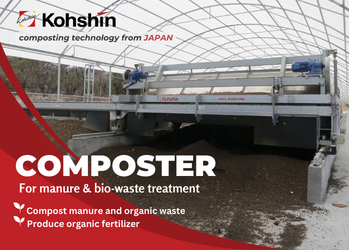In the ongoing battle against invasive leaf-dwelling thrips species, Biobest is launching Vespiformis-System. Containing Franklinothrips vespiformis, this predatory thrips actively searches for prey on the leaf improving control strategies.
Challenging leaf-dwelling thrips
“Invasive leaf-dwelling thrips species have become a major challenge in sweet pepper and ornamental crops,” says Ines De Craecker, product manager for beneficials. “Originating in South-East Asia, they can infiltrate crops on imported cuttings as eggs – which can be difficult to detect. Once established, the adults inflict damage by piercing and scraping leaf surfaces, reducing its photosynthetic ability and causing cosmetic damage to ornamentals such as Gerbera. Moreover, their potential to transmit plant viruses further emphasises the urgency for effective control measures.”
Traditionally, thrips control strategies have primarily targeted flower-dwelling species, such as Western Flower Thrips (Frankliniella occidentalis), employing natural enemies like Orius laevigatus and Amblyseius cucumeris. However, the unique traits of invasive leaf-dwelling thrips – larger size, hairy bodies, and preference for leaf habitat – render current solutions insufficient, which often results in growers resorting to broad-spectrum sprays.
Targets thrips on leaves
“Vespiformis-System targets invasive thrips where they reside – on the leaf,” explains Koen Merkus, IPM and pollination specialist. “Unlike existing commercial beneficials, that are limited to specific thrips stages or habitat preferences, Franklinothrips vespiformis actively seeks out and consumes all developmental stages of thrips.”
Biobest has applied its knowledge and experience to develop a large-scale rearing system giving reliable and high-quality supply of this predatory thrips. Supplied as 1000 adults in a sustainable, biodegradable carton, Vespiformis-System is advised as a curative measure for thrips.
Effective sustainable control
“Vespiformis-System is a valuable tool in combating leaf-dwelling thrips infestations, ensuring crop health and productivity,” says Ines. “Compatible with other biological solutions, its unique features make it a reliable and effective solution for sustainable thrips control.”
Visit the productpage for more information on thrips management and take you IPM strategy to the next level today!























